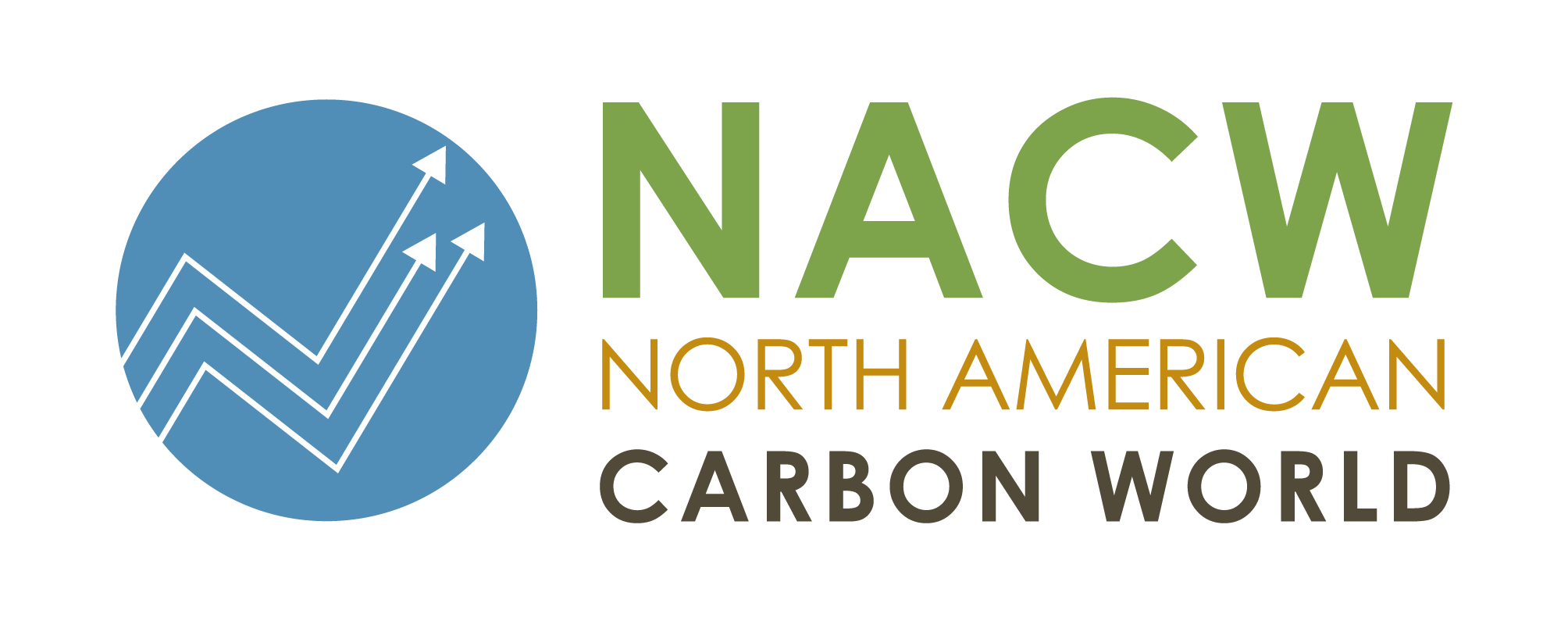The Climate Action Reserve is reenvisioning its approach to permanence in its voluntary protocols
By Robin Rix and Jon Remucal, Climate Action Reserve
Since its founding almost 25 years ago, the Climate Action Reserve has advocated for 100-year permanence on the basis of one core principle: if carbon dioxide persists in the atmosphere for 100 years, then a project must sequester it for 100 years in order to receive credits.
The Reserve has enshrined this principle in our program manual, defining permanence as equivalent to the radiative forcing benefits of removing carbon dioxide from the atmosphere for 100 years.
And we have operationalized this principle by requiring project owners to monitor, report, and verify their projects’ carbon stocks—and to compensate for all avoidable reversals, like overharvesting—not just for their full crediting period, but for 100 years beyond it.
In other words, a project with a 100-year crediting period requires a permanence commitment up to 200 years, guaranteed by a contract between the project owner and the Reserve.
Backstopping this commitment, and to cover for unavoidable reversals, like forest fires or disease, is a buffer pool.
Our approach is elegant and simple. But since it was implemented, there have been significant advancements in science, technology, and policy. As we approach our quarter-century mark, it is timely for us to re-think our theory and re-shape our practice..
How we got here
The idea of 100-year permanence has its roots in early IPCC reports, which concluded in the late 1990s and early 2000s—incidentally, the years when the Reserve was formed—that carbon dioxide has an atmospheric lifetime of 50–200 years.
Subsequent IPCC reports evolved, finding in favor of a ‘pulse’ with roughly 50% of carbon dioxide emissions dissipating after several decades but the other 50% remaining for centuries or even millennia.
The carbon crediting sector has responded to the evolving science, though in a broadly bifurcated way.
On one side, calls for measuring permanence in centuries or millennia have grown ever more strident. These voices argue that technological solutions can best provide the deep permanence that the world demands.
In advancing their argument, they at best diminish and at worst dismiss the indisputably indispensable role of nature-based solutions in removing carbon dioxide from the atmosphere, which alone are the actions that can be taken at once, at cost, and at scale. Ensuring the continued role of nature-based solutions is, without hyperbole, an existential imperative.
Yet those on the other side need to exercise caution as well. It would be an unwanted consequence if permanence commitments within the sector fall below the standard that IPCC science demands.
Following the science requires the issuance of credits usable for offsetting purposes to match more closely the rate that carbon dioxide dissipates in the atmosphere—or the adoption of significantly more sophisticated models to quantify risk and account for reversals.
How we move forward
Fortunately, the voluntary carbon market is the ideal venue for incubating ideas to advance the theory and practice of permanence. By definition, this is a space that incentivizes and recognizes impacts beyond the scope of what governments require and businesses and landowners already commonly make.
The Integrity Council for the Voluntary Carbon Market’s recent announcement that carbon crediting programs can create a sandbox for innovation in permanence, without risking their status as an approved program, should be praised, as should the blossoming of initiatives of insurance companies, trusts, and others.
For its part, the Reserve is launching a work program aimed at re-envisioning our approach to permanence. Our intention is to interrogate the fundamental assumptions in our current model and to deliver actionable policy changes that uphold high levels of environmental integrity.
Key topics that we’ll be considering include:
- The length of the permanence commitment required of all projects;
- The length of the monitoring, reporting, and verification (MRV) commitment on the part of project owners;
- The party/parties responsible for compensation in the event of a reversal, both during a project’s MRV commitment period and potentially after if that period is shorter than the overall permanence commitment;
- Methods for reducing the risk of reversals throughout the permanence commitment period;
- Mechanisms for reversal compensation; and
- Mechanisms to ensure monitoring and reversal compensation obligations are fulfilled.
We invite you to participate in our public consultation and/or to apply to join our new workgroup, both open until Friday, October 3.
Scaling climate action is needed now more than ever. Leaning on two of the Reserve’s longstanding hallmarks—collaboration and transparency—we look forward to doing just that through this effort, bringing meaningful changes to elevate the market and more solutions to help the planet.
Robin Rix is the President and Jon Remucal is the Director of Nature-Based Solutions of the Climate Action Reserve.
Published as a commentary in Carbon Pulse on Wednesday, September 3, 2025.
__________





Comments are closed here.